Flower Arrangement Competition
Free entry to the garden, R50 to take part in the competition.
 Harold Porter Botanical Garden
Harold Porter Botanical Garden
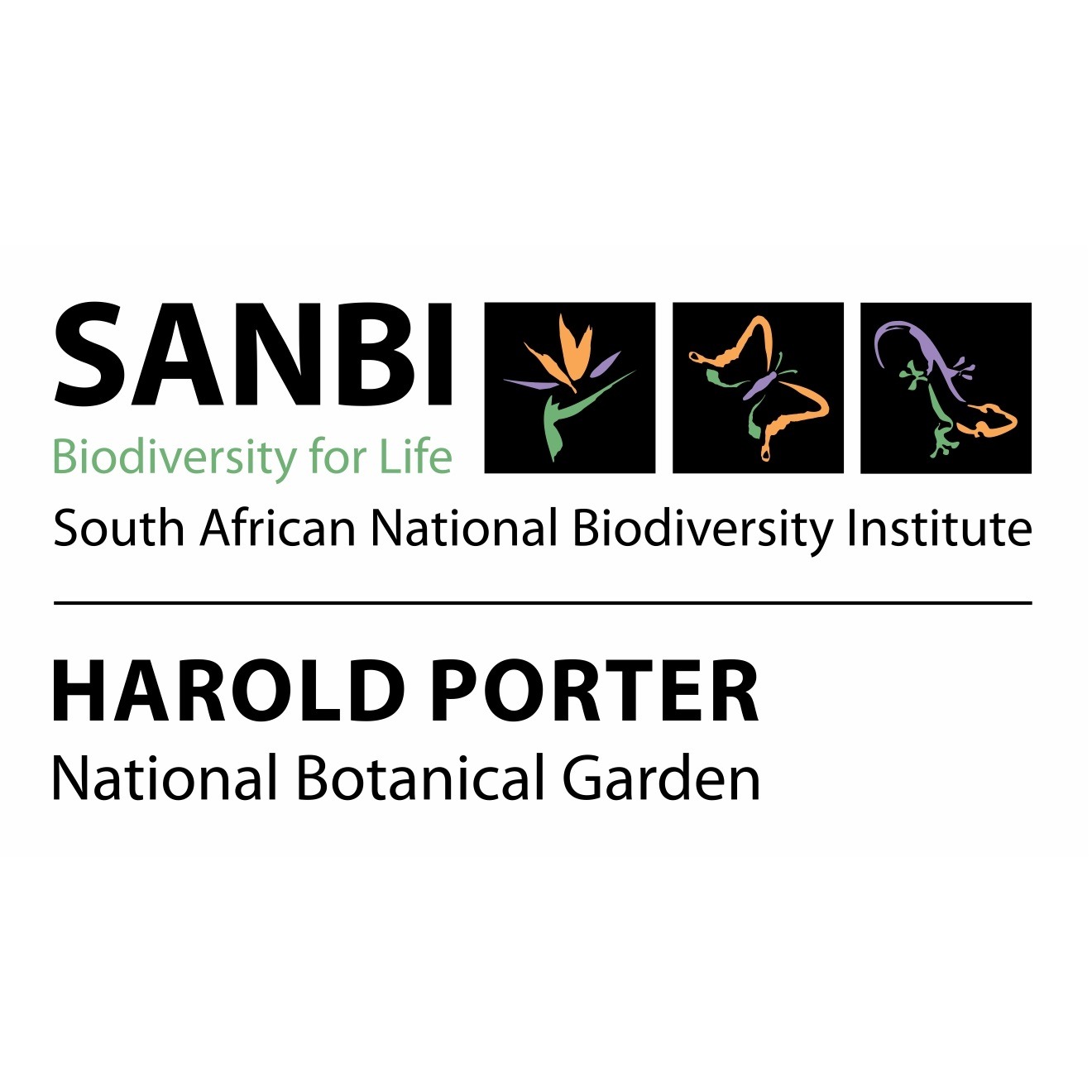

In 1940, Harold Nixon Porter acquired an extensive tract of land from a Trust Agreement to develop a garden and private nature reserve in Betty’s Bay. He named the Garden Shangri-la, meaning ‘paradise’ and it was officially opened as the Shangri-la Nature Reserve on the 13th of November 1955 by Professor Brian Rycroft, the Chief Executive Officer of the National Botanical Gardens.
After Harold Porter died in 1958, the reserve was left to the Shangri-la Nature Reserve Company. Finding it too difficult to manage from Johannesburg, the corporate committee offered it to the then National Botanical Gardens of SA, which renamed it in Harold Porter’s honour and took on the financial responsibility for the Garden on 1 August 1959.
In 1962 the Hangklip Beach Estates added to the garden property by giving it the adjoining area of Disa Kloof. Later still, the then Betty’s Bay Village Management Board, donated an additional adjoining piece of land that reaches the sea. In total the land incorporated into the Harold Porter National Botanical Garden now comprises 200.5ha, stretching from the top of the Kogelberg Mountain Range to the sea, encompassing a whole river system. Ten hectares have been cultivated as a garden while the remainder is managed as a natural reserve which is included in the core zone of the Kogelberg Biosphere Reserve, while the developed area forms part of its buffer zone.
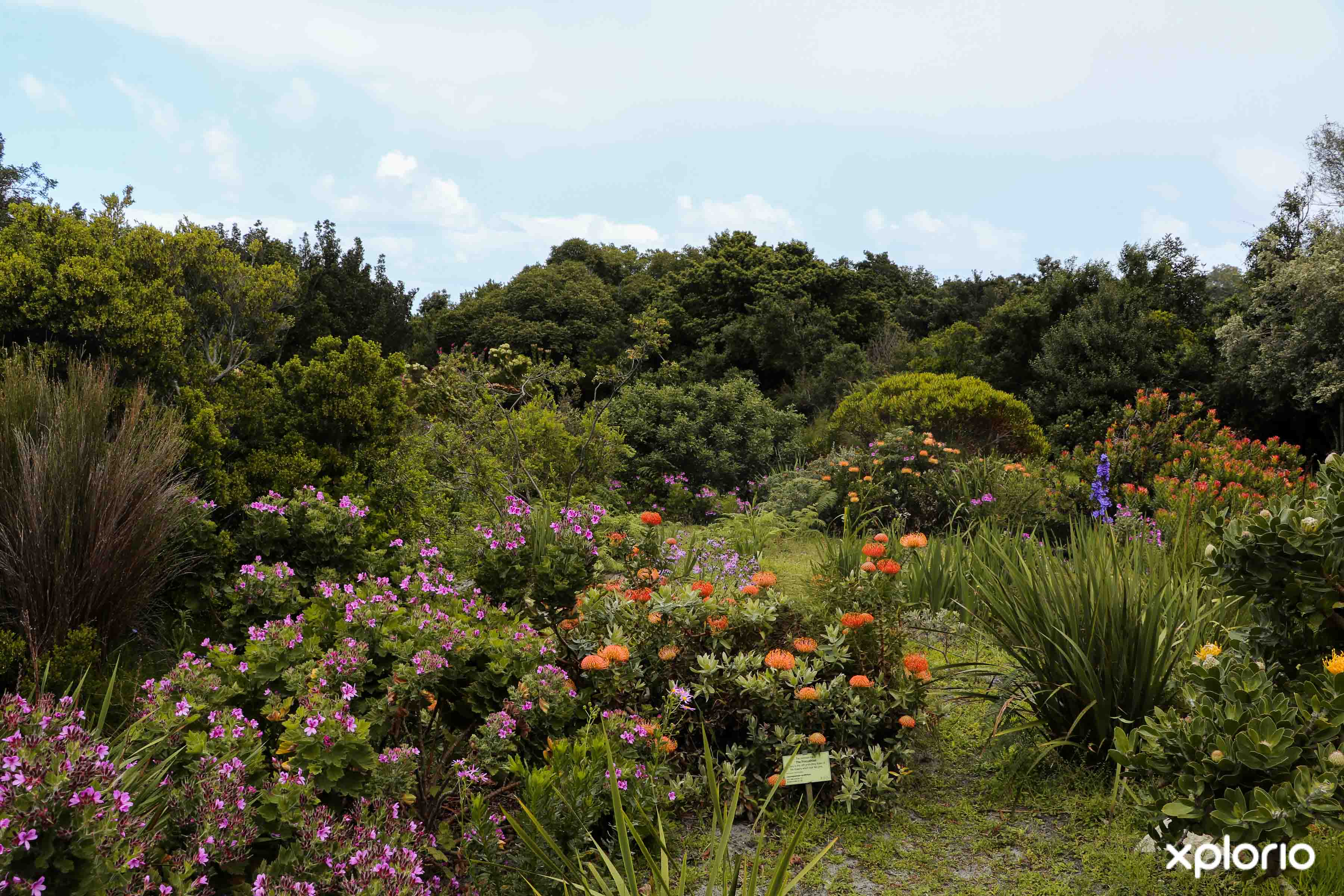
Remembering Harold Porter
A plaque of granite sunk into a large sandstone boulder at one of Harold Porter’s favourite spots in the Garden marks the place where his ashes were scattered.
Each March (or April) the beautiful Lily, Nerine sarniensis, blooms almost as if in celebration of this great conservationist’s life.
Harold Porter National Botanical Garden’s open mountain slopes, streams, forests and cultivated garden, is a natural wonderland that is home to a vast array of fauna and flora.
Keep an eye open for:
Bird lovers can look out for over 96 species that have been recorded on the Harold Porter bird list that includes:
For the full species list contact Harold Porter National Botanical Garden directly.
Most of the spiders and insects go unnoticed as many of them are tiny, very well camouflaged or are nocturnal. Lovers of arachnids and insects can try spotting a:
For a full list of Arachnids and Insects contact the Harold Porter National Botanical Gardens directly.
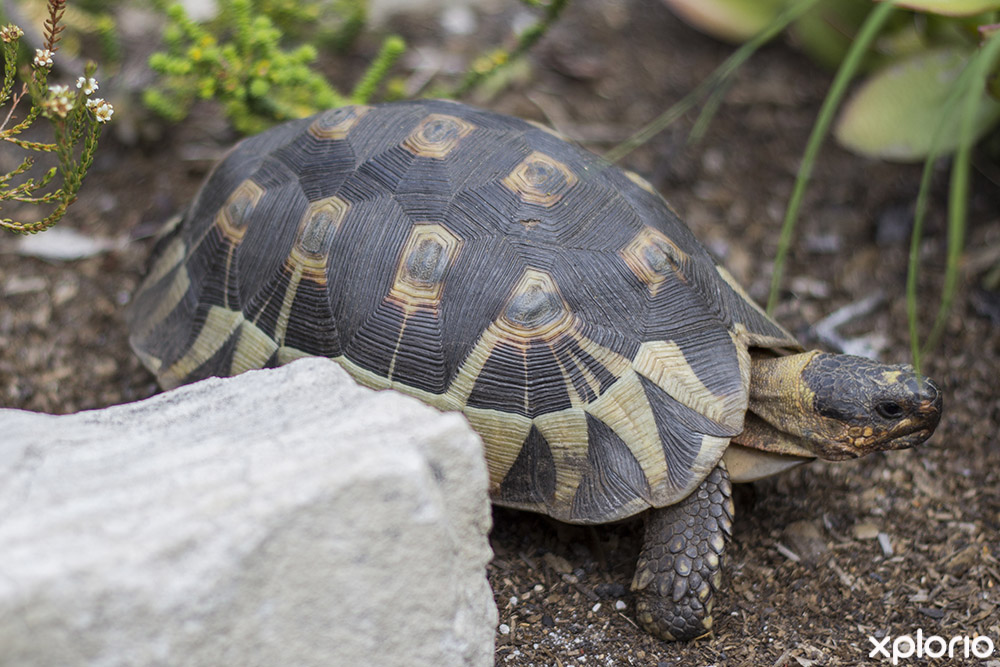
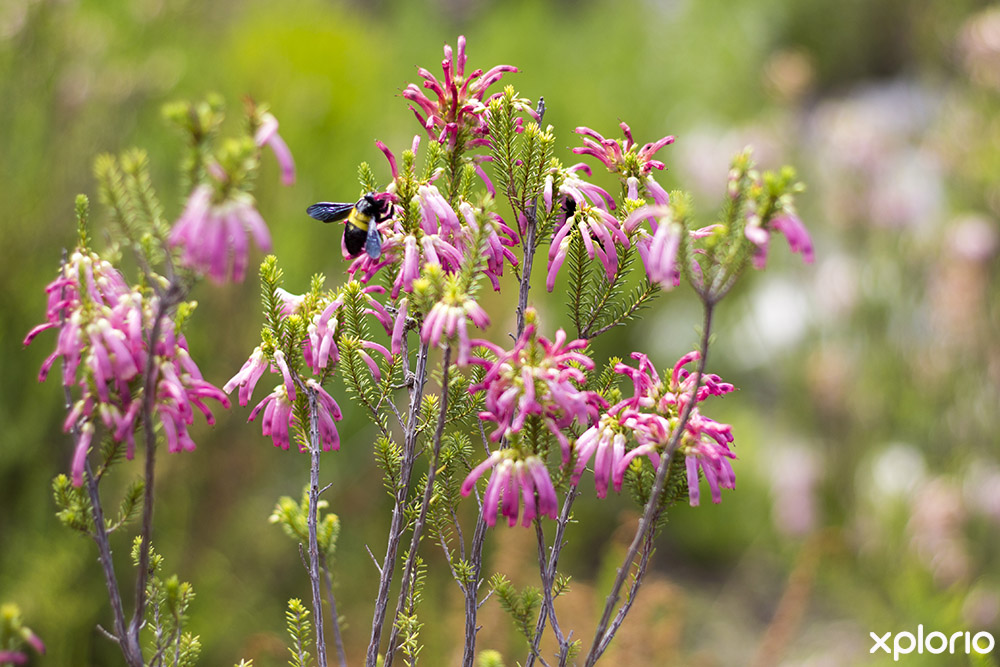
Take a look here at the Harold Porter National Botanical Garden Map.
Harold Porter National Botanical Garden has walks and hiking trails for the whole family.
The Cultivated Garden is comprised of a:
The Western Section of the garden has a magnificent view of the ocean. This secluded grassy area in the centre of the garden is surrounded by trees, making it the perfect outdoor venue for private functions. Fragrant summer-flowering plants and ponds add to the magical ambience.
The Southern Section of the garden comprises of a circular 500m Ecosystems Walk close to the entrance of the gardens. Visitors can enjoy a quick overview of the four local ecosystems that are divided into Fynbos, wetlands, dunes and a forest.
The Eastern Section of the garden showcases the Fynbos family that includes Proteaceae, Restionaceae and Ericaceae. These plants have been loosely grouped with geophytes and daisy variegations. This is a good section of the garden to visit when the Proteas and Ericas are flowering.
The Disa Kloof Trail is a very easy short trail totalling 950m and taking about half an hour each way.
It leads along the western side of the garden, over the Olive May Porter Bridge, and into a wooded area that is a haven for many bird species.
The Boekenhout Bridge crosses the gulley where the path was washed away in extraordinarily heavy rains in April 2005. Observant visitors may still be able to see evidence of one of the soil slips which occurred at the time. All the regrowth on the slip is natural and has not been assisted in any way.
Winding beneath the big trees growing alongside the water’s edge, the trail crosses the z-shaped Disa River Bridge and leads up to a lovely waterfall. The dam created above the Bobbejaanskop Bridge weir provides beautiful reflections of the surrounding mountains and this is where, if you are lucky, you may see a pair of the shy African black duck.
The cliffs on the west side of the river provide a home for the Red Disa (Disa uniflora), the Western Cape Province’s floral emblem, which flowers from late December to late January.
Please Note:
The Fynbos and Zigzag Trails these trails are currently closed until further notice
The Fynbos and Zigzag Trails comprise one long and one short trail amongst the natural fynbos, overlooking the garden and the ocean.
These two trails traverse the southern slopes of Bobbejaanskop and The Plateau, providing magnificent views of Betty’s Bay and out over the sea. Situated on the edge of the designated ‘core zone’ of the Kogelberg Biosphere Reserve which was the first Biosphere to be declared in South Africa in 1998.
The cultivated section of the Garden with all its infrastructure and the towns of Betty’s Bay, Kleinmond, Pringle Bay and Rooiels all form part of the ‘buffer zone’ of this superb Biosphere Reserve in the heart of the Cape Floral Kingdom.
The Leopard’s Kloof Trail requires a permit and gate key that can be obtained at the garden entrance.
This trail winds up through the forest before dropping down to the first river crossing. Once across, and a little way ahead, the very observant may see the old scratch marks of a leopard (Panthera pardus) on one of the tree stems. These animals are still seen at night in the area from time to time. Two more river crossings take you to the first waterfall after which a series of ladders lead to the second, and then the third waterfall. The base of this last waterfall is your final destination. Here in season (late December to end January) you will find the Red Disa (Disa uniflora) flowering in all its glory amongst the water spangled mosses and rocks of the cliffs towering above the pool. Give yourself time to stop and drink in the serenity of this special spot.
Please Note:
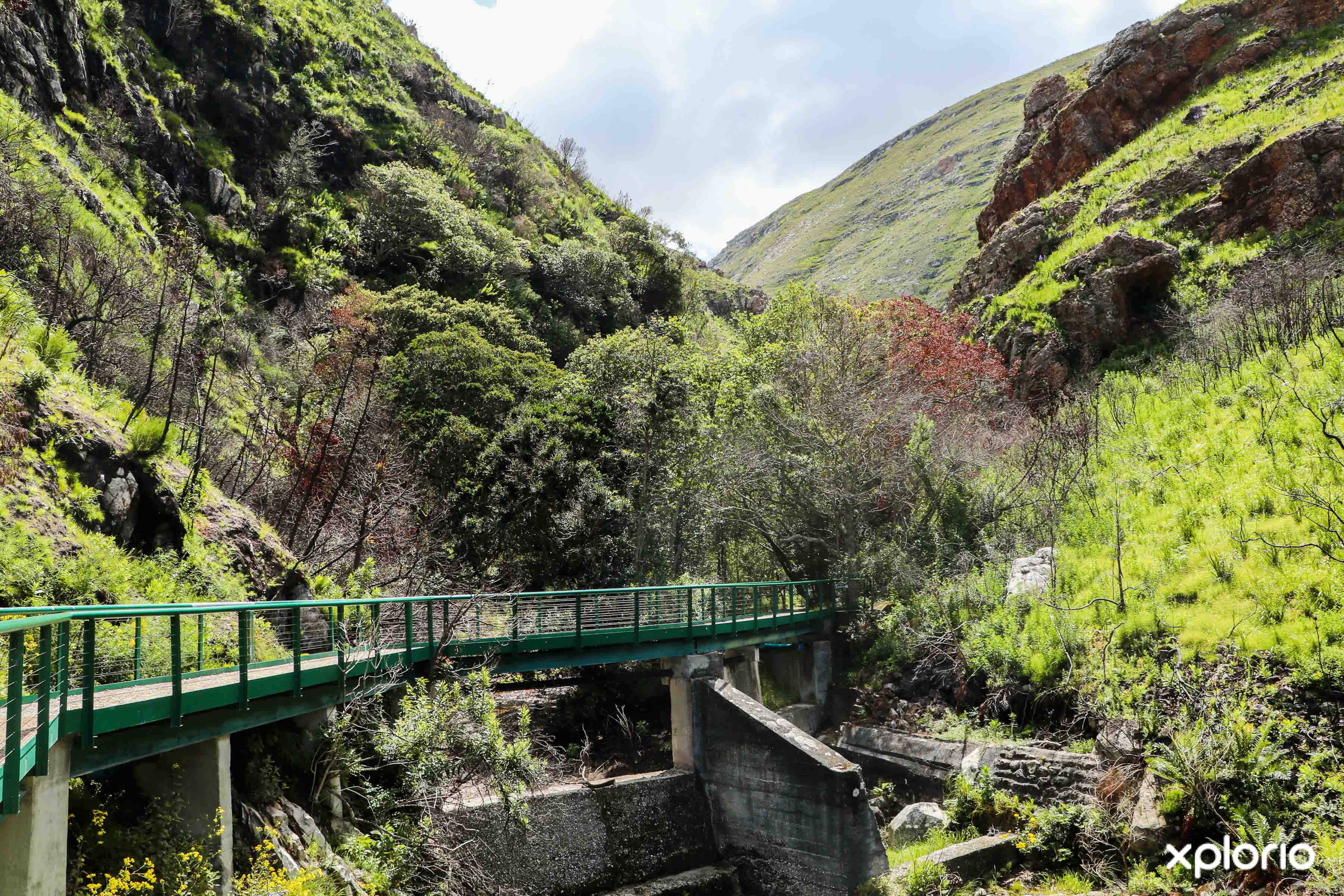

Harold Porter National Botanical Garden offers a choice of two conference rooms that can either be used separately or together, by opening the inter-leading fold-away doors. Added to this, the Marquee Lawn is surrounded by trees making it the perfect venue for private outdoor functions.
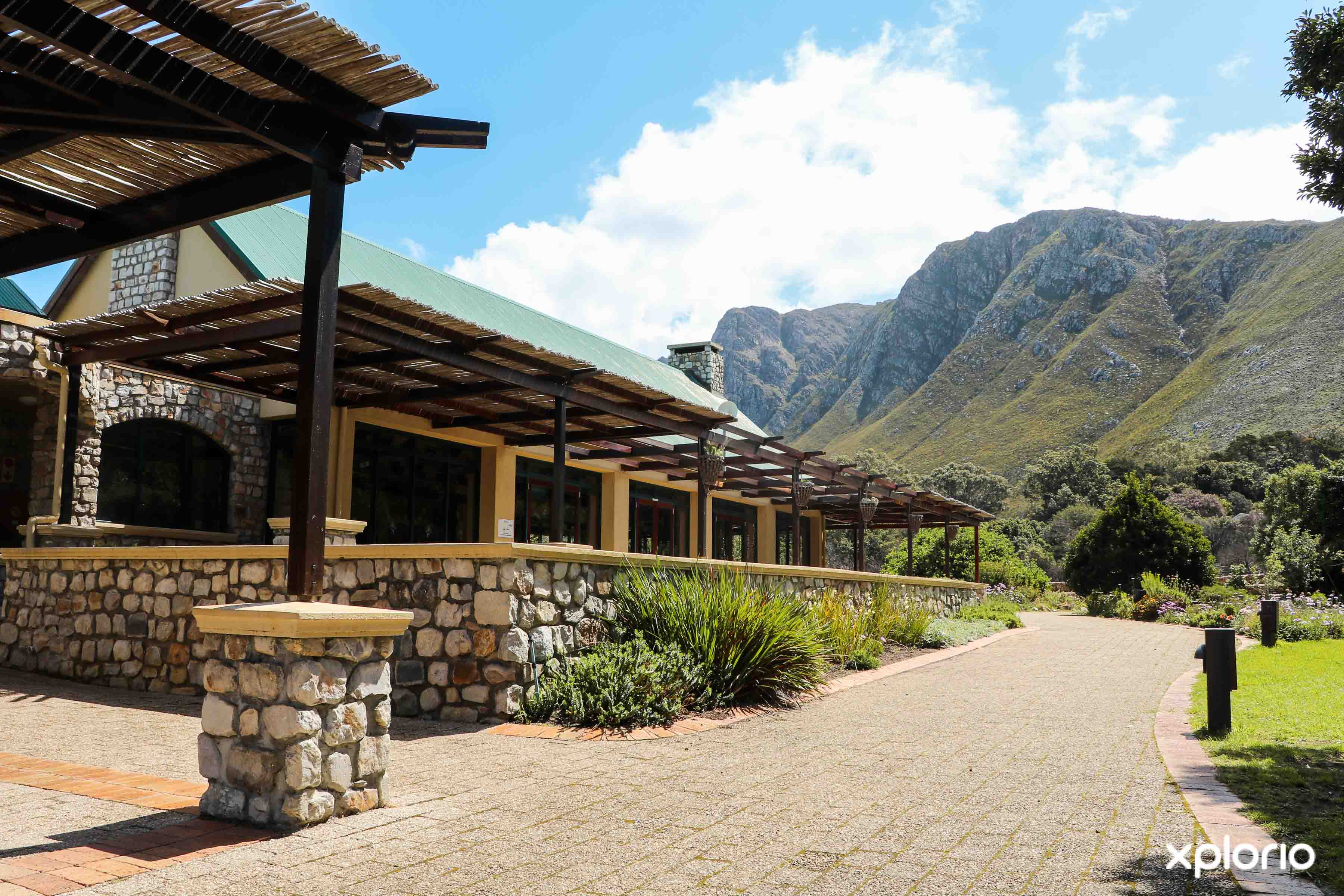
Capacity:
Amenities:
The areas are perfect for:
For more information on function hire and available facilities contact Harold Porter National Botanical Garden directly.
Harold Porter National Botanical Garden offers a selection of indigenous plants suited to coastal and fynbos gardens.
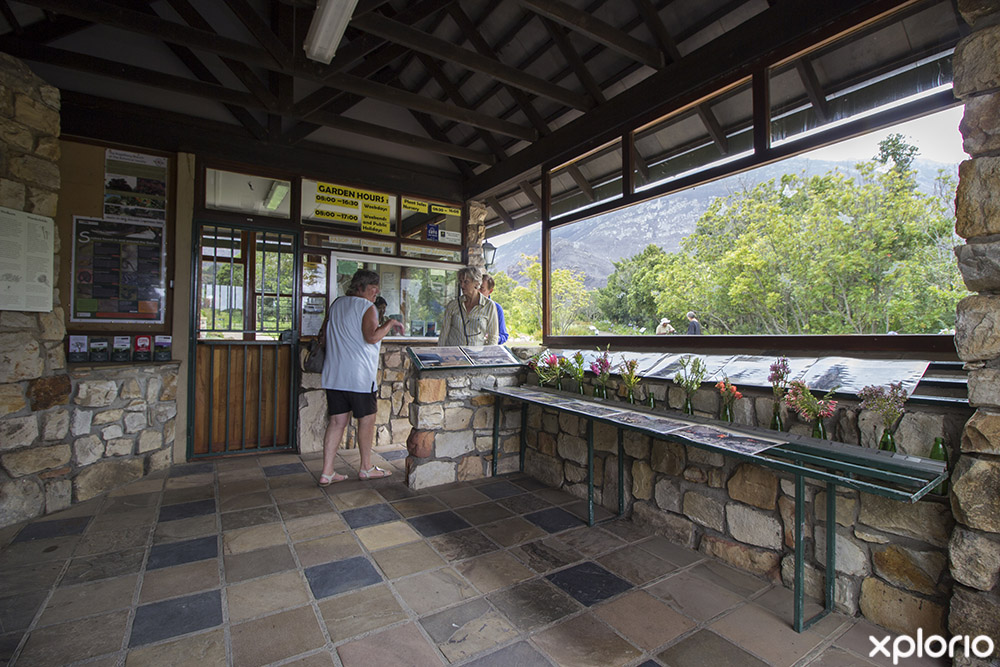
The Plant Sales Nursery:
Please enquire at the entrance if you would like someone to assist you in making a selection or to answer your plant or gardening questions.

Please Note:
Harold Porter National Botanical Garden’s Red Disa Restaurant is currently closed until further notice.
You are however invited to bring your picnic basket with snacks and refreshments.
The lovely lawns and function rooms at the Harold Porter National Botanical Garden offer the perfect setting for various live events and activities throughout the year. Previous events and activities include:
Betty’s Bay Parkrun takes place at Harold Porter National Botanical Garden and is run on a mixture of gravel paths, trail paths and grass.
Time - 8:00 every Saturday
Entry - Free for those participating in the run
The first part of the course is in the formal garden and then crosses the bridge into the indigenous forest for a double loop, before returning via another loop in the formal garden, to finish at the restaurant.
For more information on the Parkrun contact the Harold Porter National Botanical Garden directly.
Harold Porter National Botanical Garden tariffs are as follows:

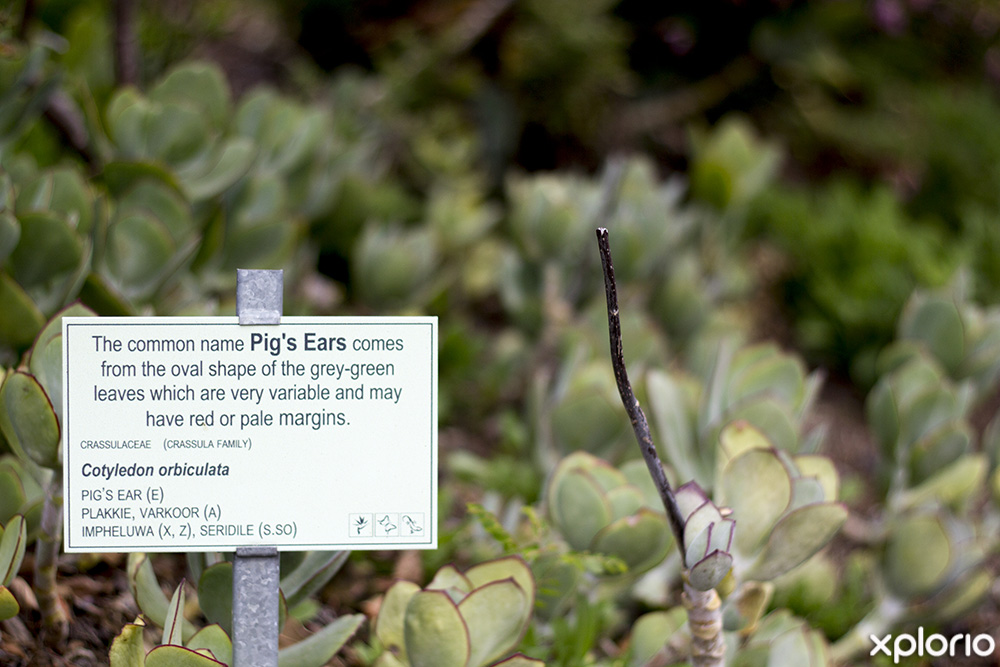
Guided tours of the Harold Porter National Botanical Garden are available if arranged at least two weeks ahead of the intended visit.
The tariffs for each group will be tailored according to the group size, the duration of the tour and will include the regular entry fee into the garden.
“We visited on our way back to Cape Town from Hermanus where we had been to see Southern Right Whales. Ours was a short 45-minute visit that did not allow us to hike on the Leopard’s Kloof Trail (about 1.5km) or the Zigzag Trail (about 4kms). We did, however, manage the circular Fynbos Trail. We enjoyed the tranquillity in the shade of the nearby mountains and the view of the ocean. The available information of all the plants that we saw reflected the foresight and excellent planning of the founder of the garden, Harold Porter. I particularly liked the Useful Plants Garden. The sound of the streams was calming.” Munir, TripAdvisor
“An excellent nature reserve to visit with the whole family. Beautiful flowers, plants and trees. Different trails are available that take you around the garden, up the mountain or to the waterfall. The garden trail is wheelchair friendly. Ensure to get the key for the gate at reception should you want to walk to the waterfall.” Wynand Nel, Google Review
“This botanical garden offers lovely, scenic views of the mountains. There is a wide variety of indigenous plants. Learn more about different types of topography and the uses of many of the plants in the garden. There are waterfalls and various routes you can take to see them. Pack a picnic basket, blankets and make a day of it.” Ryan, TripAdvisor
“A beautifully maintained garden in a very relaxing atmosphere. Perfect for an afternoon family picnic or to spend some time surrounded by the sights, sounds and smells of nature.” Conrad Zygmont, Google Review
“A good place to relax, go bird watching or go for a trail walk. The Discovery Vitality Parkrun also takes place every Saturday morning. Lots of inclines make the run more challenging than a flat run at other venues. Running through the forest allows you to see lots of pretty views as well as crossing bridges and seeing the waterfall.” Ivan Mostert, Google Review